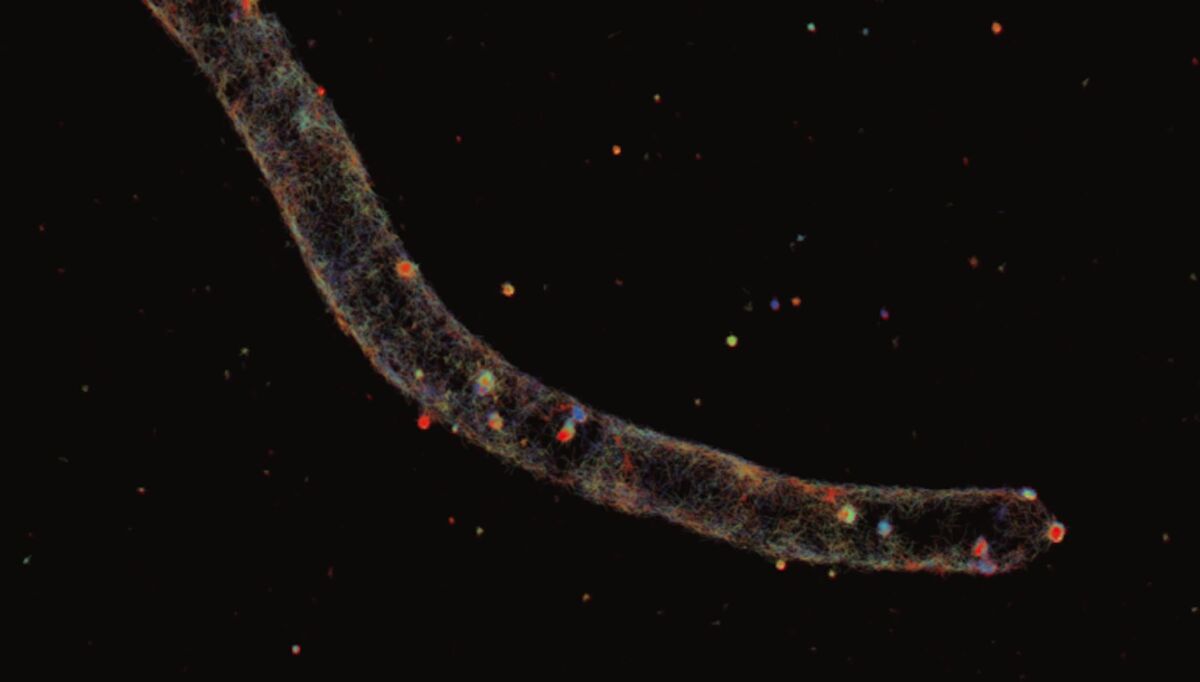Growth Mechanism of Fungi Decoded
Fungi grow with tubular cells extending by kilometers. Growth takes place exclusively at the tip. Researchers of Karlsruhe Institute of Technology (KIT) have now found out how this works: Construction materials are transported on rails through the fungal cells and used at their outermost tip. Calcium concentration at the end of the cell defines when this happens. This is reported by the scientists in the Proceedings of the National Academy of Sciences USA (PNAS).
Experts assume that there are up to five million fungal species, many more than plants or insects. Most of the fungi are hyphae. Their filamentary cells form fine, very large networks in the ground. Professor Reinhard Fischer of the Institute for Applied Biosciences (IAB), Professor Gerd Ulrich Nienhaus of the Institute of Applied Physics (APH), and Professor Norio Takeshita and their teams studied how the hyphae grow by infinite extension of their microscopically small tips and form partly gigantic mycelia. Understanding of the growth processes of hyphae is of interest to both scientists who want to study their positive properties as well as to scientists who want to fight their negative properties.
Contrary to “conventional” growth by cell division, hyphae grow nearly infinitely (similar to human nerve cells) by extension at their tips. As a result, hyphae may reach a length of several kilometers. The KIT researchers found that the tip is tagged by certain proteins. The growth phases are controlled by the calcium concentration at the end of the hyphae. If the concentration is small, the transport phase starts. In case of a calcium pulse, the vesicles merge with the cell membrane and release their content. The team visualized the growth processes by marking key elements of the cell’s signal and transport system with fluorescent proteins.
The scientists expect that their findings will be used for the development of fungicides in agriculture and in the clinical sector as well as for the optimization of biotechnological processes in medicine production.
Further information in the Press Release 068/2017.
mex, 26.05.2017

